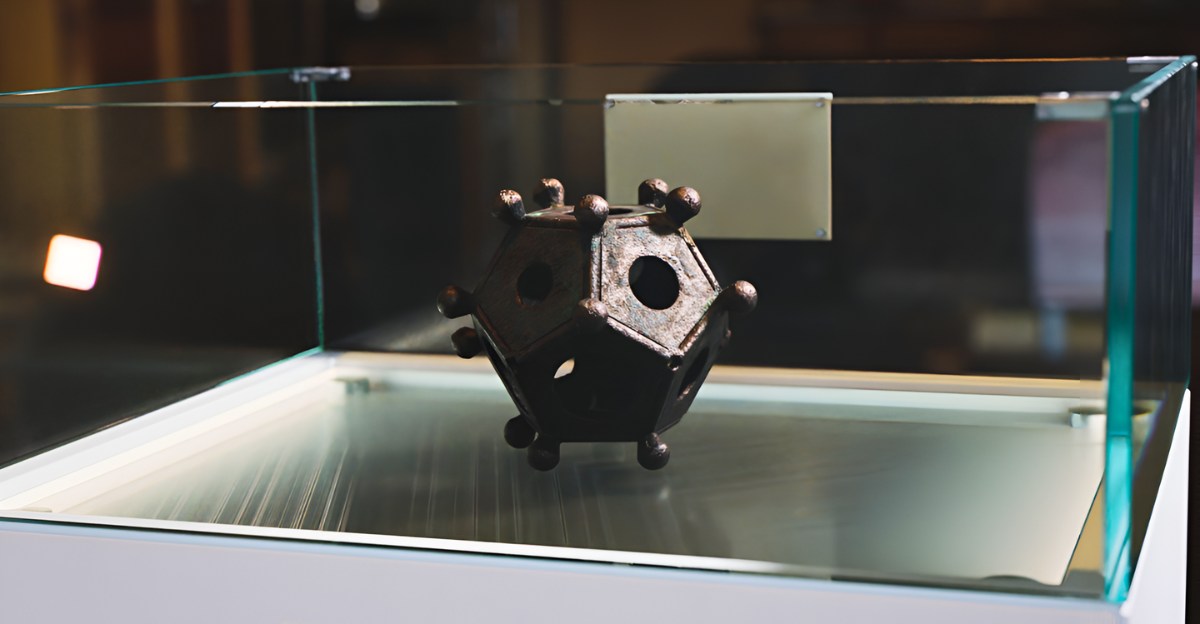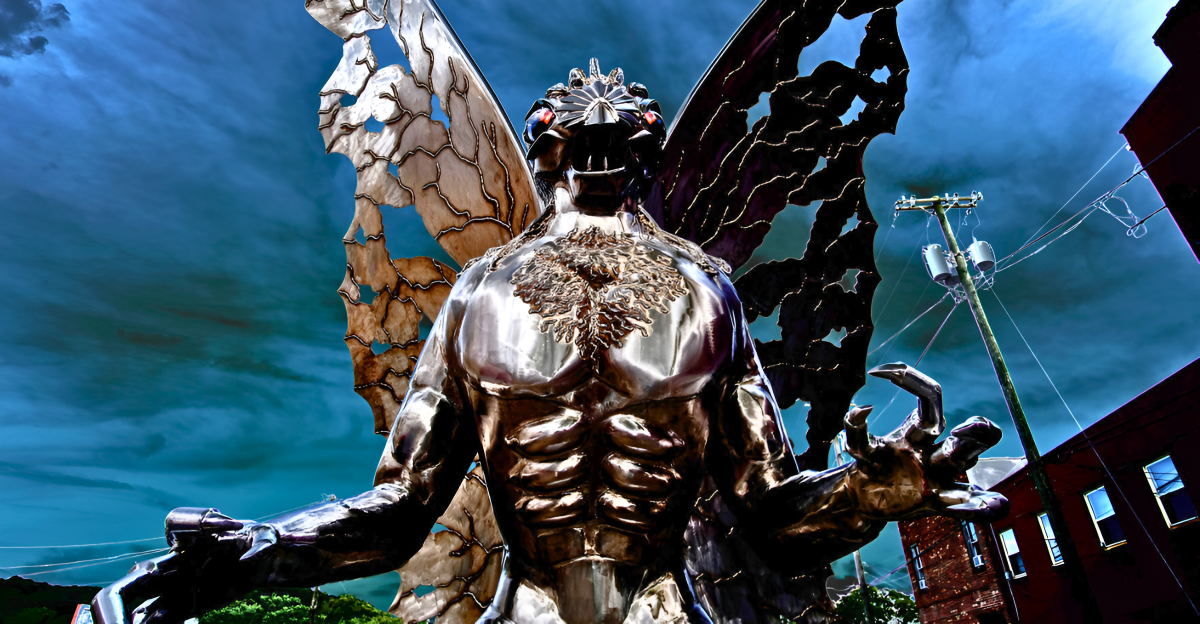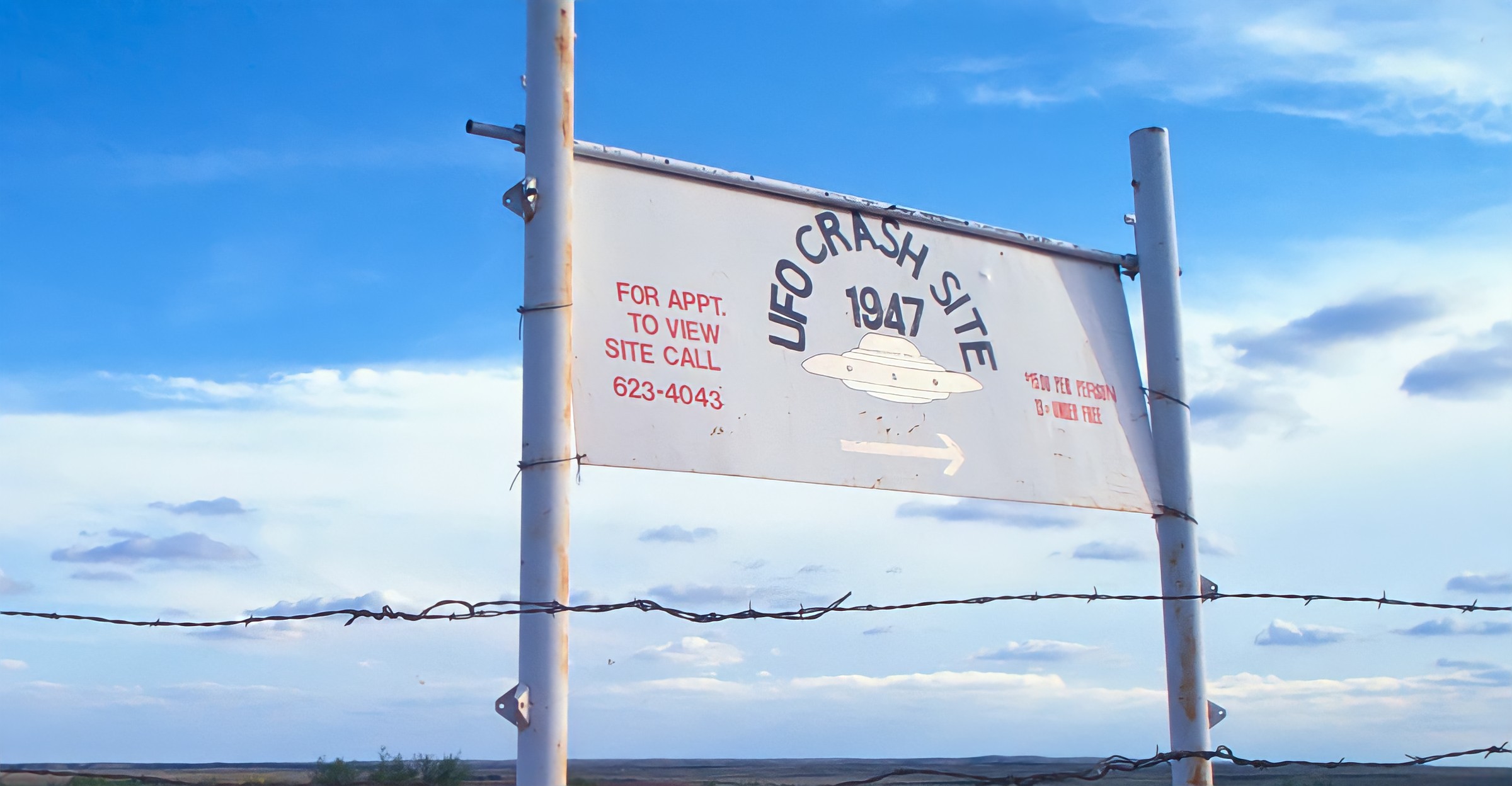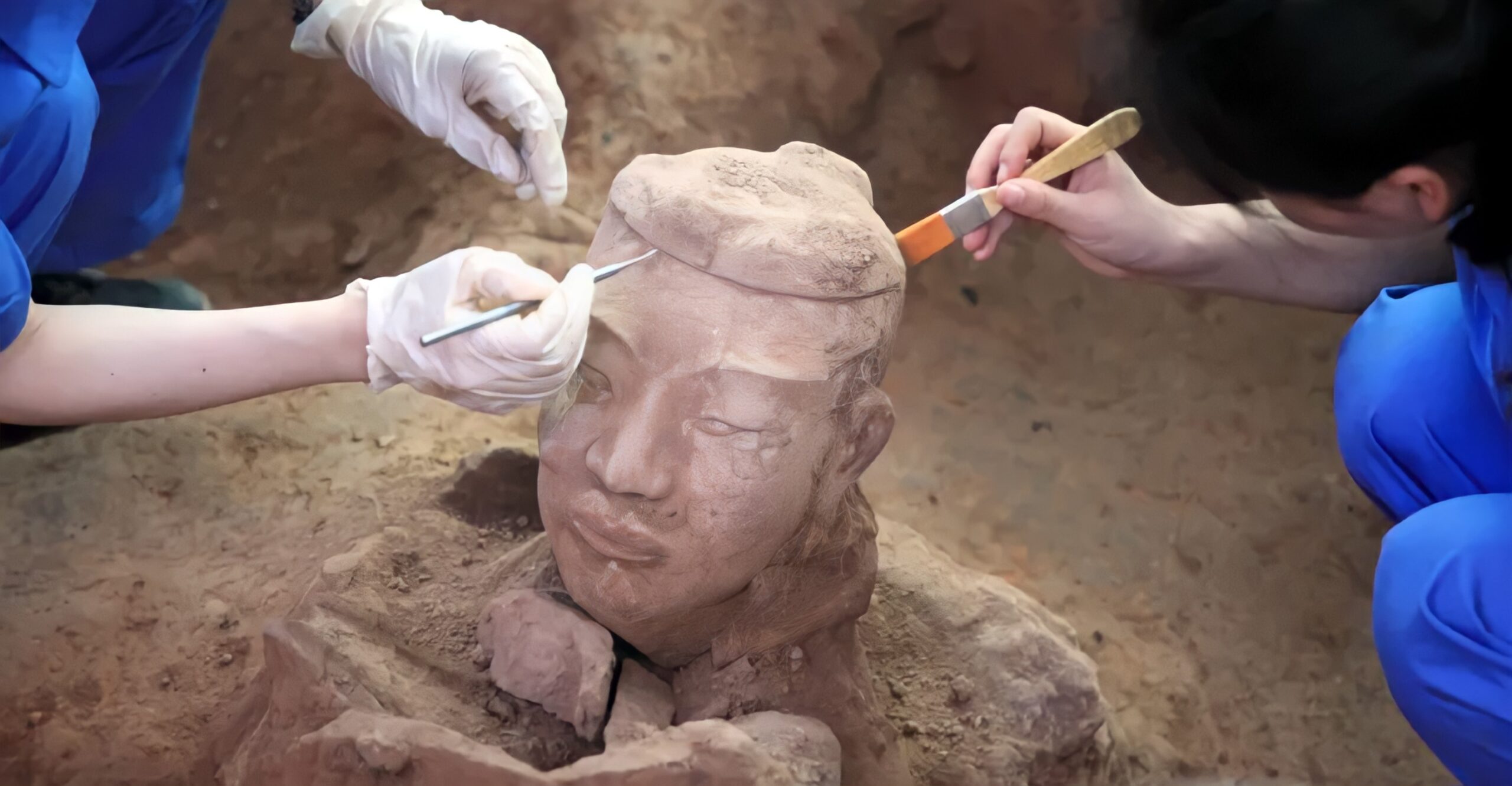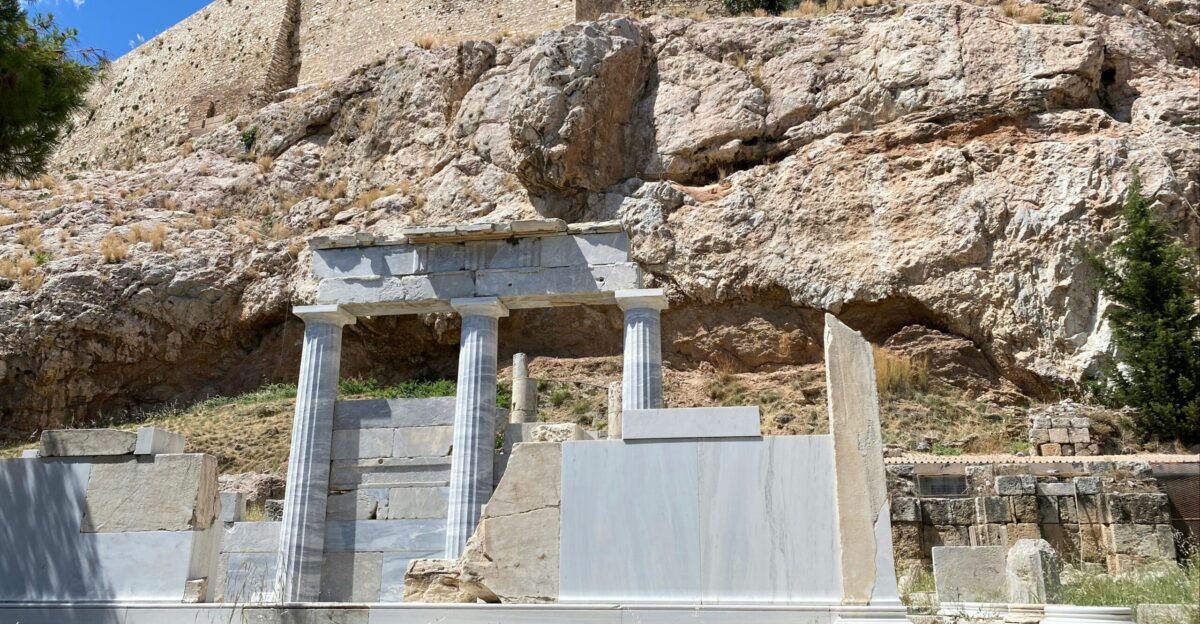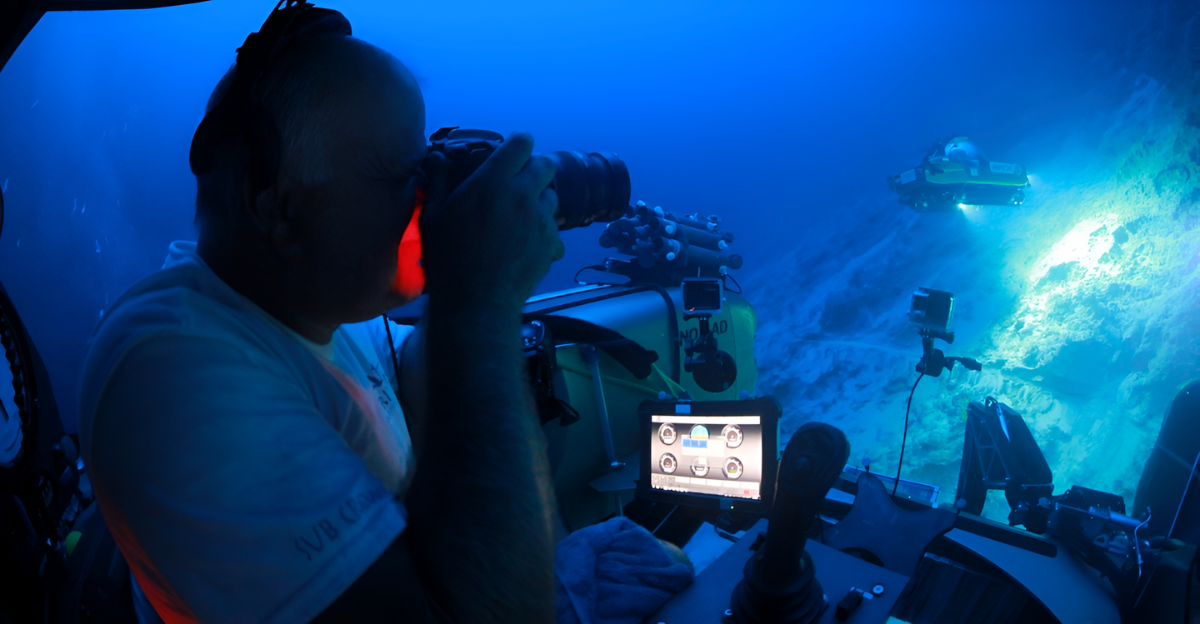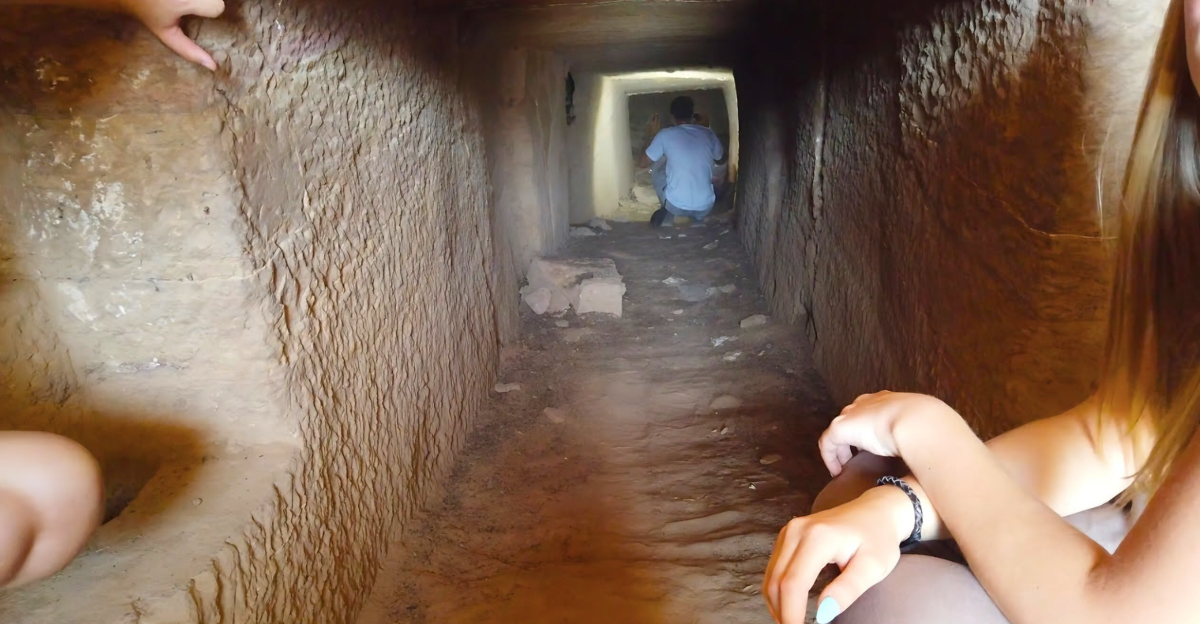
Over 1,500 years ago, deep in what’s now the Belizean jungle, the Maya city of Caracol was dense with pyramids, temples, and sprawling complexes.
Archaeologists have studied it for decades. But one significant piece of the puzzle, its first ruler’s tomb, remained unattainable. That is, until now.
A newly discovered burial chamber, sealed since the 4th century, may belong to Caracol’s founding king. And what lay inside could rewrite part of Maya royal history.
The City Beneath the Canopy

Caracol isn’t just a Maya ruin. It’s the biggest known Maya site in Belize, spreading across 75 square miles.
First rediscovered in the 1930s and excavated since the 1980s, it’s yielded plazas, temples, and roads, but no verified royal tombs.
This long-standing absence made the recent discovery even more impressive. Finally, a direct link to the dynasty that launched Caracol’s political rise has come to light.
The Mystery in the Northeast Acropolis

Arlen and Diane Chase, archaeologists from the University of Houston, have examined Caracol for over 40 years.
In 1993, they investigated a burial chamber in the city’s Northeast Acropolis but imagined more lay hidden.
In 2024, they returned. Under the floor chamber, they found a sealed vault untouched since roughly 350 CE. The site was deeper, older than they had imagined, and completely undisturbed.
The Moment of Discovery
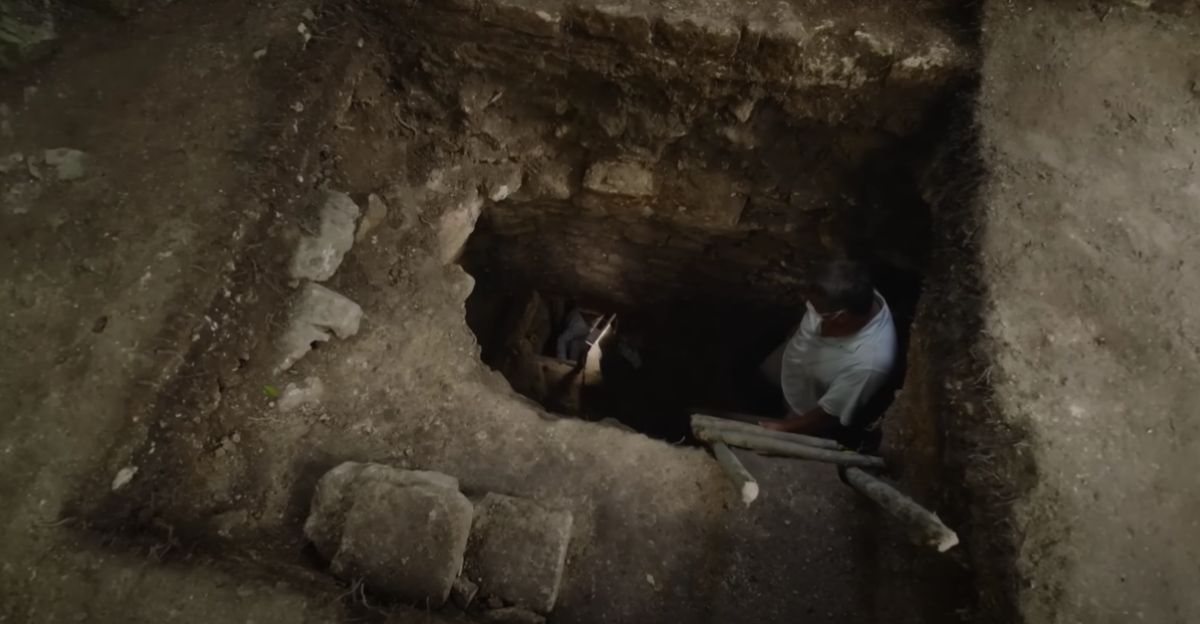
The chamber’s state stopped the team in their tracks. Artifacts were undamaged. The air smelled of centuries past.
Eleven ceramic vessels lay around skeleton parts. Bright red cinnabar, a mineral tied to elite burials, coated parts of the tomb.
The style of the pottery and the vault’s location suggested this was no ordinary burial. It was a ruler’s resting place, lost for over 1,600 years.
Who Was Te K’ab Chaak?

One name stood out among the artifacts and notations: Te Kʼab Chaak. He is considered the first known king of Caracol, founding its royal dynasty around 331 CE.
The connection is compelling while the tomb dates slightly later, around 350 CE. This discovery materially anchors a historical figure previously known only through texts, fusing narrative to place for the first time.
The Tomb Was Rich with Symbolism

The vault wasn’t just rich, it was highly symbolic. Eleven pottery vessels represented deities and animals. One displayed Ek Chuah, the Maya god of trade.
Others represented hummingbirds, owls, and a monkey, animals with deep mythical meaning. These weren’t ornamental: they were there to guide, protect, and define the king’s sacred identity in the afterlife. Each item conveyed part of a ruler’s story and function in Maya cosmology.
A Coatimundi and a Death Mask

One vessel had a lid shaped like a coatimundi, a tropical mammal related to the raccoon, not by accident. The Maya selected animal imagery for spiritual and symbolic reasons.
Even more impressive was a jadeite mosaic death mask, one of only two ever uncovered at Caracol. These masks were rare and usually dedicated only to kings. Its presence confirms Te Kʼab Chaak’s status as a foundational figure in Caracol’s rise.
Triple Jade: A Marker of Power

Jadeite was sacred to the Maya and rare. Even one set of jade ear flares is a sign of nobility. Te Kʼab Chaak’s tomb harbored three sets…an extraordinary concentration.
Combined with the cinnabar, this signified status and spiritual importance. Jade symbolized not only wealth but divine connection. Its use in multiples suggests the ruler’s exceptional place in both the physical and supernatural realms.
A Closer Look at the Remains

The skeleton included a mostly toothless skull and bones from a man about 5′7″ tall; an advanced age for that time.
The physical remains, alongside the tomb’s grandness, strongly point to Te Kʼab Chaak. DNA analysis is still in process, but the archaeological evidence is convincing.
His remains present a rare glimpse into Maya royal life: age, diet, stature, and health, conserved in the red-stained room for over 1,600 years.
Warrior, Trader, and King

Te Kʼab Chaak wasn’t merely ceremonial. The presence of Ek Chuah, trade symbols, and possible links to central Mexican styles suggest he led in both warfare and trade.
The tomb hints at broad regional connections, possibly even with distant Teotihuacan, though that remains a topic of scholarly discussion. Either way, Caracol’s early influence likely owed much to this king’s strategic leadership.
Cinnabar: The Royal Red

Cinnabar, a mercury-based red pigment, was used by the Maya for elite burials. But here, its volume was unusually heightened.
Only the highest-ranking people, often rulers believed to be semi-divine, obtained such treatment. The cinnabar may have been part of a ritual preservation procedure, heightening the king beyond mere mortality.
In Early Classic Maya belief, rulers stood between the gods and the people, and their burials were a reflection of that sacred duty.
Before the Wealth Was Shared

In later centuries, Caracol’s rulers redistributed wealth more publicly, particularly after military victories like the one over Tikal. But Te Kʼab Chaak ruled in a more stratified era.
This burial, filled with jade, cinnabar, and distinctive iconography, captures a moment when royalty was something of its own. A tomb like this wasn’t just a grave but a message of absolute reign.
Why This Changes the Story

For decades, Caracol’s dynasty lacked a material origin. This tomb represents that origin. It confirms the presence of a powerful founder and ties historical texts to an archaeological site.
It also reshapes our understanding of how Maya dynasties emerged and were honored. Evidence this early, around 350 CE, is rare and forces archaeologists to reconsider how cities like Caracol rose to regional prominence in the Maya world.
What’s Next for Caracol?

If one royal tomb was here, might others be close by? What else lies under the Northeast Acropolis or in less-explored zones?
The Chases plan to continue excavations. With the latest technology and momentum, Caracol may soon yield even more insights.
But for now, Te Kʼab Chaak’s tomb is a powerful reminder that much of history still lies hidden in plain sight.

